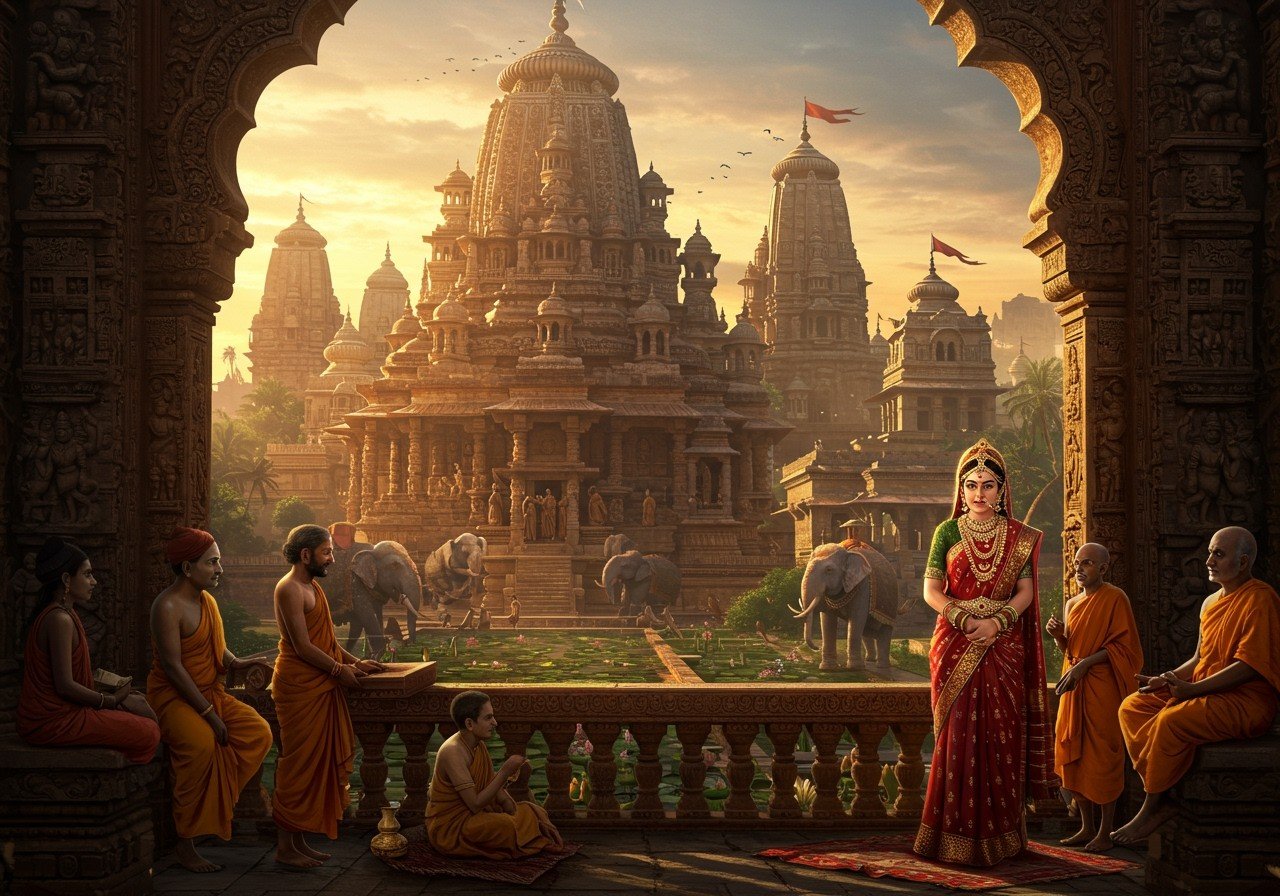
Odisha, a land steeped in rich history and vibrant culture, is renowned for its magnificent temples. Among the many dynasties that shaped its heritage, the Bhauma-Kara dynasty (8th-10th centuries CE) holds a significant place. This dynasty, also known as the Kara dynasty, made remarkable contributions to the region’s art, architecture, and cultural landscape. Their reign, centered in the kingdom of Toshala with its capital at Guhadevapataka (near modern-day Jajpur), saw a flourishing of religious and artistic expression.
The Rise and Reign of the Bhauma-Karas
Emerging in the early medieval period, the Bhauma-Karas, under their founding ruler Kshemankaradeva, established a stable government and expanded trade and commerce. Initially followers of Buddhism, later rulers embraced Shaivism, demonstrating a religious fluidity that characterized their reign. Their strategic alliances, often solidified through marriages, strengthened their position amidst a complex political landscape involving interactions with neighboring dynasties like the Somavamsis and Eastern Gangas.
Architectural Marvels: A Legacy in Stone
The Bhauma-Kara period witnessed a unique flourishing of Kalinga architecture. Temples like the Varaha Temple at Jajpur exemplify this style, with intricate carvings and elaborate iconography adorning sandstone and laterite structures. The dynasty’s patronage extended to Buddhist monasteries and stupas, reflecting the early rulers’ Buddhist leanings. Sculptures depicting deities like Vishnu, Shiva, and Buddhist figures showcase a blend of religious and artistic traditions, influencing architectural styles beyond Odisha’s borders.
Cultural Flourishing: Beyond Temples
The Bhauma-Karas’ influence extended beyond architecture. As patrons of literature, their reign saw the creation of numerous inscriptions and manuscripts, offering valuable insights into their rule and the era’s intellectual life. They nurtured classical Odissi dance and music, integral aspects of Odisha’s cultural identity to this day. Their support for educational institutions further enriched the region’s intellectual and cultural landscape. While their rule eventually waned due to internal conflicts and external pressures by the late 10th century, their legacy continued to resonate, influencing subsequent dynasties.
Exploring Bhauma-Kara Heritage with Poojn.in
Poojn.in, India’s leading online store for spiritual and cultural goods, offers a unique opportunity to connect with Odisha’s rich heritage. Explore our collection of meticulously crafted brass idols of deities like:
- Laddu Gopal: Beautifully crafted Laddu Gopal idols in various sizes, perfect for home worship and connecting with the divine.
- Radha Krishna: Exquisite Radha Krishna idols, symbolizing divine love and devotion, crafted with intricate detail.
- Maa Tara: Elegantly sculpted Maa Tara murtis, representing strength and compassion, ideal for personal altars and spiritual practices.
At poojn.in, you’ll also find a wide selection of puja essentials, including incense, diyas, and other sacred items to enhance your spiritual practices. Delve deeper into Odisha’s cultural heritage with our curated collection of books and resources. Poojn.in brings the essence of Odisha’s spiritual traditions to your doorstep.
Further Exploration: Related Articles
- Leaning Temple of Huma: History, Architecture, and Mystery
- Odisha’s Sacred Sites: A Journey Through Spirituality and History
- Kandariya Mahadeva Temple: Religious Importance and History


